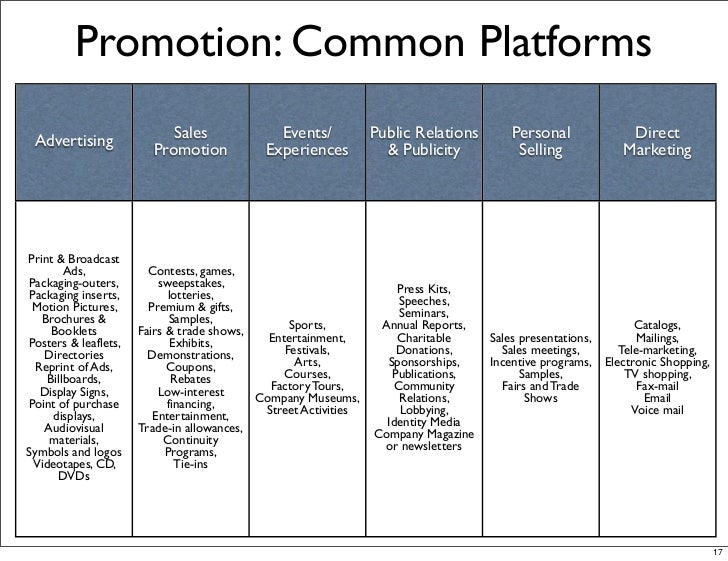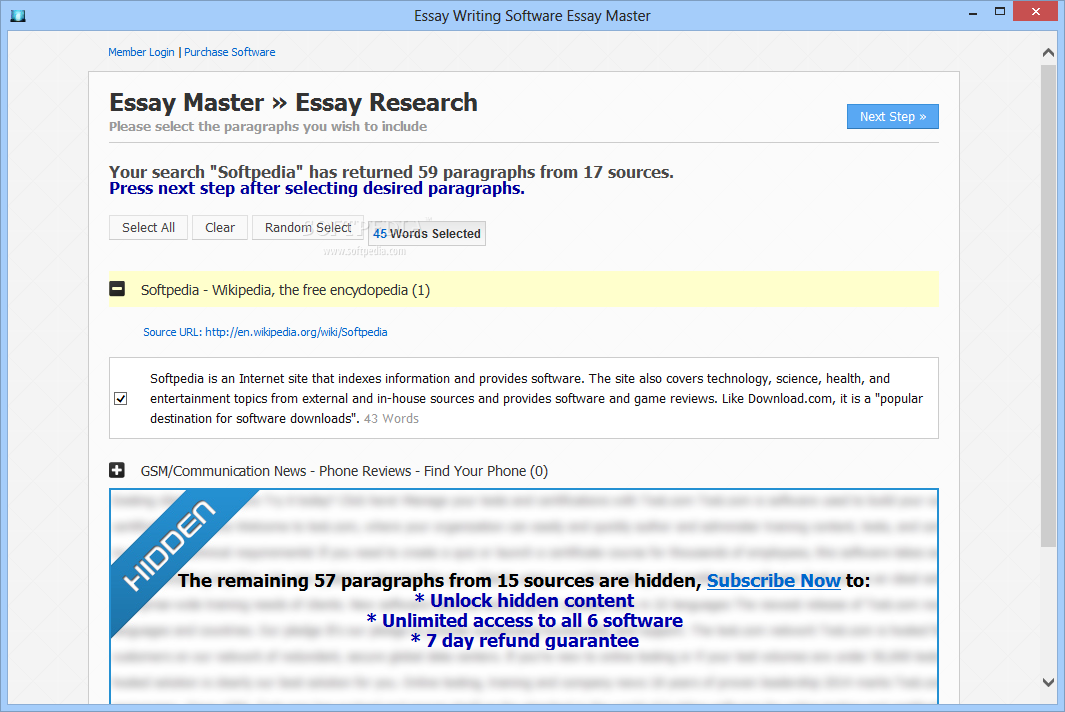
The business model of a distribution business plan in its most basic form is relatively universal for distribution companies; they specialize in importing large quantities of goods and selling them to wholesale buyers Jun 11, · In simple terms, your distribution strategy lays out the details of how you plan to get your product in the hands of your customers. Consider the traditional distribution model below. In the distribution model above, let’s say that you’re the manufacturer. Your distribution strategy would identify which paths you intend to take in order to get your products to the end user. You may decide to sell to Reviews: 57 Dec 07, · A distribution strategy is a plan to reach customers with goods and services. Distribution includes both sales and delivery of everything that surrounds a product including customer service and customer experience. It is common for firms to adopt multiple distribution channels to reach customers in convenient ways. It is also common for distribution strategy to vary by region as a firm may seek
Distribution Business Plan | Pro Business Plans
If you are starting a distribution company, it is likely that you will need a business plan at some point. The experts at Pro Business Plans have extensive experience preparing plans for investment and strategy. This article provides information on what is included in a distribution business plan and how it is typically structured.
There are many things to consider if you are starting a distribution company that will uniquely impact the success of your business, distribution strategy in a business plan. Investors will often consider these dimensions in order to accurately determine the potential return on investmentor ability to pay back loans. Such factors include the products being distribution, distribution strategy in a business plan, network distribution strategy in a business plan the management team to help the product enter retail stores, and facilitate along the supply chain to make a smooth transition past customs into the market.
These are reflected in a discussion on your business model and form the foundation towards assumptions in your financial model. The business model of a distribution business plan in its most basic form is relatively universal for distribution companies; they specialize in importing large quantities of goods and selling them to wholesale buyers.
Hence, it is important that your business plan demonstrate that you have strong margins and the capability of placing the product into retail stores swiftly and effectively. Due to the emphasis on relationships and network for a distribution company, it is also important to discuss the management team and how their background qualifies them to operate such a company.
As you may imagine, distribution of consumer clothing is substantially different than distribution of cloth for consumer clothing. Not only is the supply chain different, the margins are different and the companies that will be purchasing the materials in wholesale are also different. Therefore, the distribution scope is essentially what products that you will sell in wholesale and define to whom they will be sold.
If you have an enterprise level customer, this would look substantially different than one at the consumer level and if you are dealing with chemicals or foods, you could encounter additional obligations at customs and storage distribution strategy in a business plan. While these people can be purchased on retainer, it is also possible that they will not perform with the same level of commitment and apply the same amount of time to the distribution company as if they were to hold an equity position.
The marketing section of a distribution business plan will largely depend upon the nature of the market that your company competes within. For instance, some products may be sold through trade shows for chemicals and others may be sold through a business development approach whereby bids are placed for units of production. In some instances, the existing relationships of the management team may weigh in, especially in countries that value relationship over a minor price difference or give preference to those that they trust.
The trade shows can be among the best way to sell very large quantities fast for wholesale distribution companies. Generally wholesale buyers attend trade shows in order to discover new products to sell at their retail locations or find new vendors that may provide a more competitive rate at the same quality as their existing vendors.
Therefore, trade shows can be good resource for those that wish to sell through a distribution model and including the intended lineup will be advantageous when demonstrating the expected revenue streams. When trade shows are not in season, classic outbound sales can be a terrific way to generate new business.
They may also be generated organically through the internal connections of the management team. In many instances, a sales team is trained by the management team that also has previous experience within the distribution industry. Business development can be a reliable way to consistently generate new distribution strategy in a business plan. The financial projections for a distribution business plan are largely driven by historical performance.
Traditional financial projection models are applied to grow your company based on reasonable assumptions about its future performance.
However, there are several other factors based on an approach of comparable analysis of similar companies.
These assumptions are demonstrated in the revenue projections and broken down in the budget forecasts in order to demonstrate to investors where the prospective risks lie and the prospective return on investment.
The revenue forecasts for a distribution company are largely driven based upon the volume purchased and amount expected to be sold. While several companies begin with large quantities, several also start with smaller amounts and later scale as they re-invest cash flows.
Revenue projections may be algorithmic to the amount procured and sold based on the markup the distributor receives, or anticipates receiving. These assumptions will ideally be based upon assumptions driven from contractual agreements from wholesalers purchase agreements or the going market price range for the product being sold. The most effective way to plan the amount of capital required is to receive quotes and price estimates from service providers, vendors, and others that you anticipate purchasing products or services from.
It is always wise to also have a contingency fund available in the event that the amount vendors quote you at falls short of the actual expenses. Distribution Business Plan. Distribution Business Plan There are many things to consider if you are starting a distribution company that will uniquely impact the success of your business.
Business Model The business model of a distribution business plan in its most basic form is relatively universal for distribution companies; distribution strategy in a business plan specialize in importing large quantities of goods and selling them to wholesale buyers. Distribution Scope As you may imagine, distribution of consumer clothing is substantially different than distribution of cloth for consumer clothing. Marketing Plan The marketing section of a distribution business plan will largely depend upon the nature of the market that your company competes within.
Trade Shows The trade shows can be among the best way to sell very large quantities fast for wholesale distribution companies. Business Development When trade shows are not in season, classic outbound sales can be a terrific way to generate new business. Financial Projections The financial projections for a distribution business plan are largely driven by historical performance. Revenue Projections The revenue forecasts for a distribution company are largely driven based upon the volume purchased and amount expected to be sold, distribution strategy in a business plan.
What is Included in Our Custom Distribution Business Plan? Marketing Plan SWOT Analysis Competitive Analysis Profitability Analysis Personnel Plan Organizational Chart Company Valuation. Executive Summary Company Description Keys to Success Three Year Objectives Product or Service Description Market Research Fundraising Support. Speak With An Expert advisor.
Distribution Strategy - An Introduction
, time: 9:57Distribution Strategy | Cutting Edge Distribution Strategies
How Do I Select the Right Distribution Strategy for my Business? Item Type. Depending on the type of purchase decision that customers make when deciding to buy a produced item, the Customer Base. We already touched on how targeted customer demographics can inform distribution strategy. However Dec 07, · A distribution strategy is a plan to reach customers with goods and services. Distribution includes both sales and delivery of everything that surrounds a product including customer service and customer experience. It is common for firms to adopt multiple distribution channels to reach customers in convenient ways. It is also common for distribution strategy to vary by region as a firm may seek Jun 11, · In simple terms, your distribution strategy lays out the details of how you plan to get your product in the hands of your customers. Consider the traditional distribution model below. In the distribution model above, let’s say that you’re the manufacturer. Your distribution strategy would identify which paths you intend to take in order to get your products to the end user. You may decide to sell to Reviews: 57

No comments:
Post a Comment